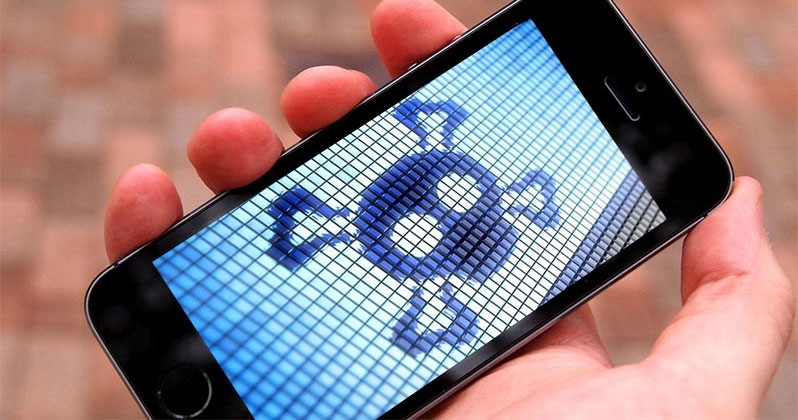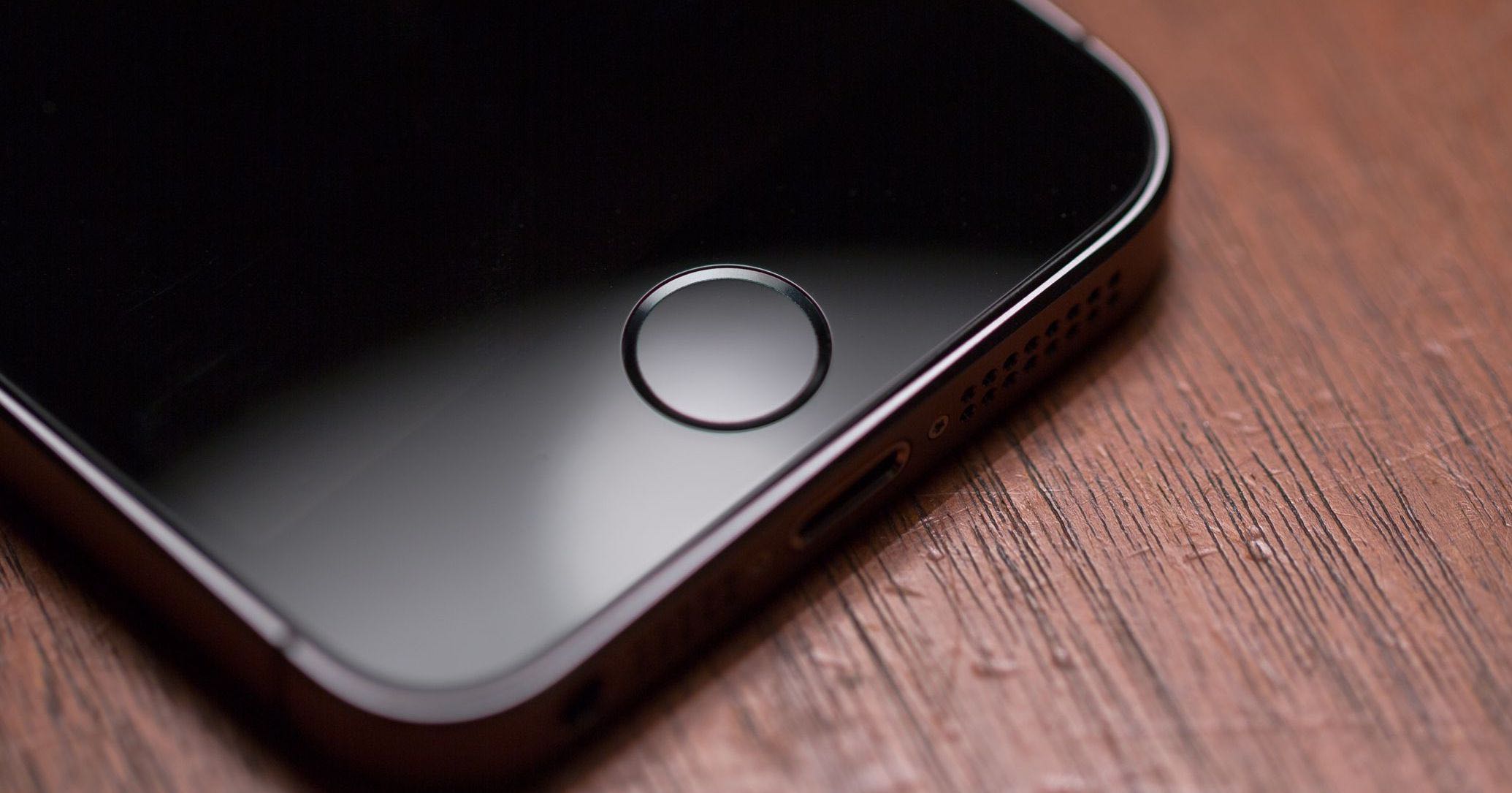Eight months after it was removed, a fraudulent app is back on the App Store, trying to extort money from users using several nefarious techniques and the Touch ID sensor. The app is called Pulse Heartbeat and everyone should watch out for it.
It could be interest you

At the turn of this year, there was talk of a fraudulent application called Heart Rate, which was unwittingly extorting money from users. It used the functionality of the iPhone's user interface and Touch ID for this. Once it was discovered what the app was doing, Apple had it removed from the App Store. Now it's back, with a different name, a different developer, but it still works the same.
The Pulse Heartbeat application, from the developer BIZNES-PLAUVANNYA,PP, claims that it can measure the current heart rate just by placing your finger on the Touch ID sensor. In addition to not being functionally possible, it is also a hidden scam by which developers try to get money from unsuspecting users.
The way the app works is that if the user wants to measure their heart rate, they have to place their finger on the Touch ID sensor in their iPhone. At that moment, the application will reduce the brightness of the display to a minimum so that the content displayed on it cannot be seen. However, there will be no heart rate sensing (there is no way). Instead, a subscription payment ($89 per year) is initiated, which the user confirms with Touch ID authorization from the attached finger.

Currently, the application is available in the Brazilian Mutation App Store, but similar "tricks" were (or still are) used by applications available globally. According to one of the latest researches, there are more than 2 similar fraudulent applications in the App Store. And this despite the approval process from Apple. Two selected applications from Chinese developers that use the above mechanism were able to earn about 000 thousand dollars in June of this year alone.
Conspiracy theory fans can argue that Apple does not fight against similar practices in a targeted way, as it receives a nice 30% share of each such transaction. We'll leave it up to you to evaluate this theory. However, we definitely point out that similar fraudulent apps exist and users should be extra careful when the app starts to behave abnormally (see above).
It could be interest you

Source: 9to5mac
So that's pretty stupid :-). This can only work if people don't initiate a complaint. Several times I bought a movie that was of poor quality and when I saw the movie, I got my money back. Likewise for applications. If you buy an app and it's broken, or doesn't work as it should, or crashes, or doesn't work, you'll automatically get your money back within 24 hours of receiving the confirmation email.
There is even an option I bought by mistake or without consent and it returns the money immediately.
Once, my children even bought me a movie on Apple TV, which I also returned without a problem.